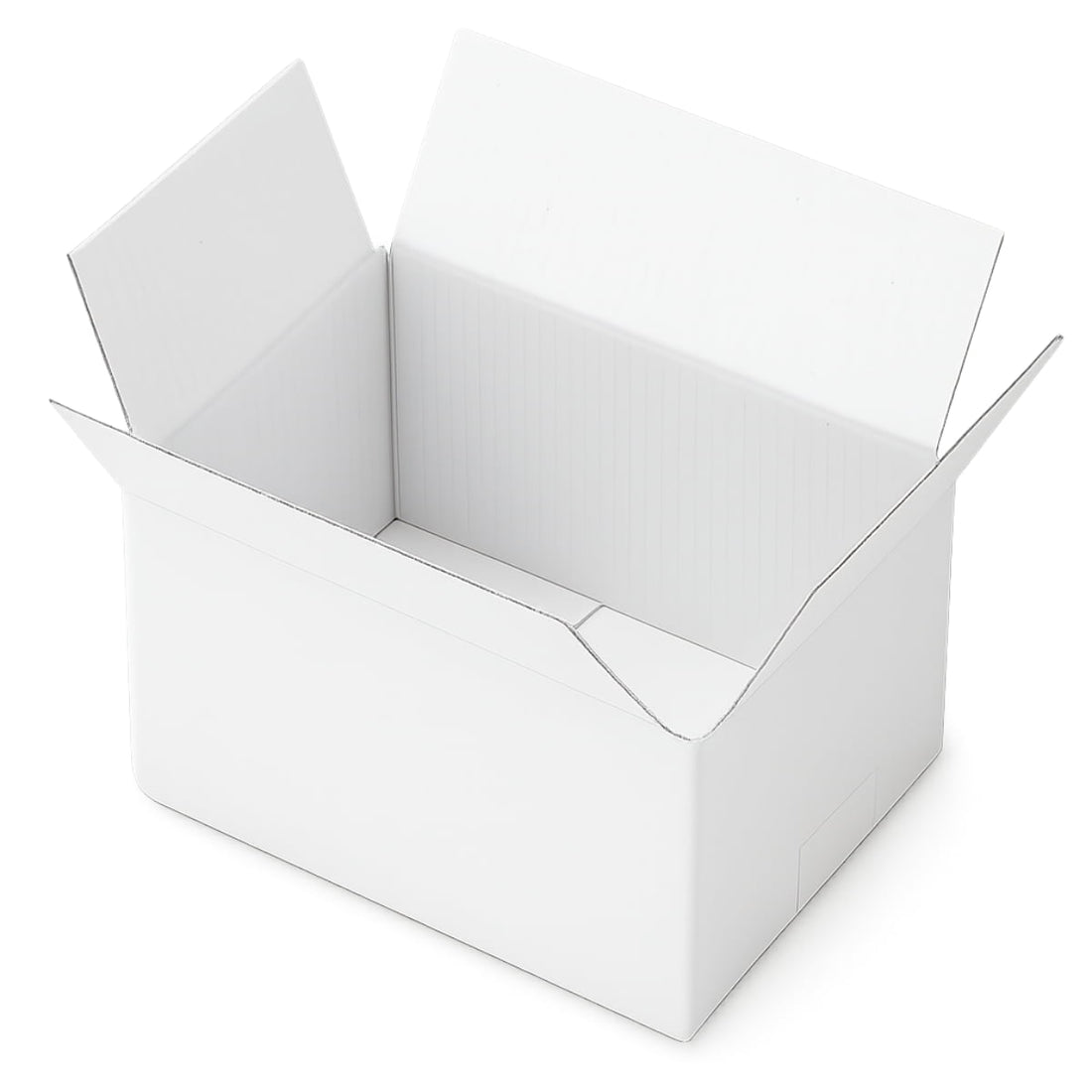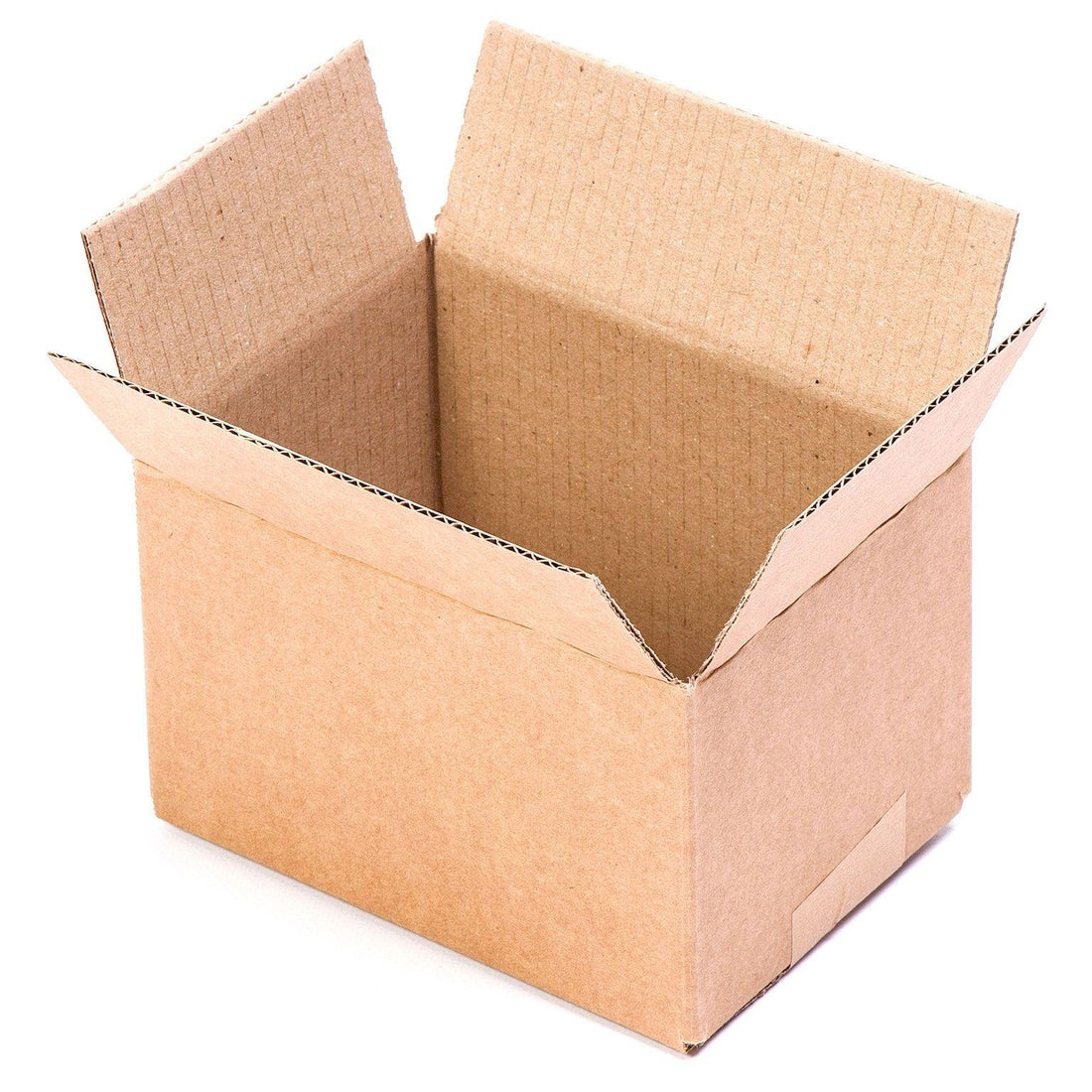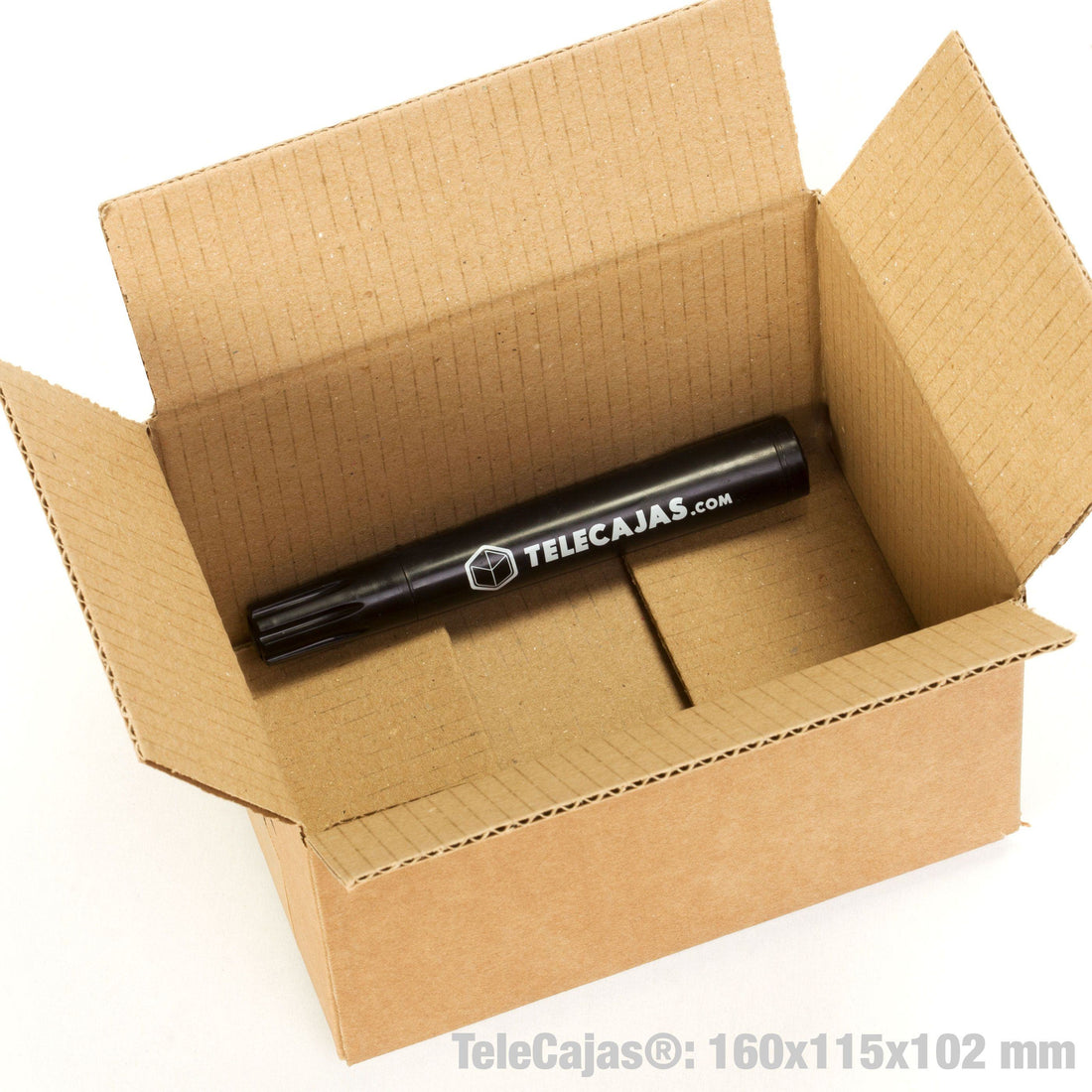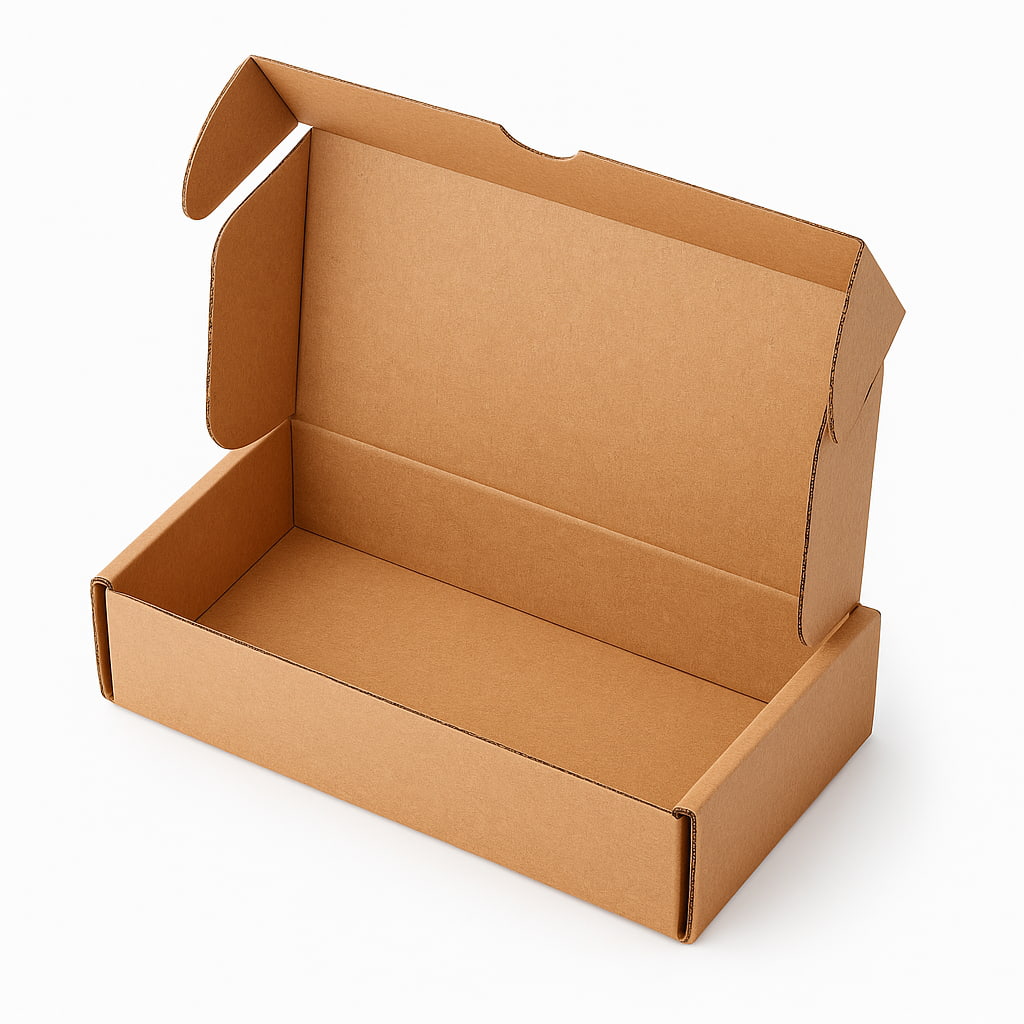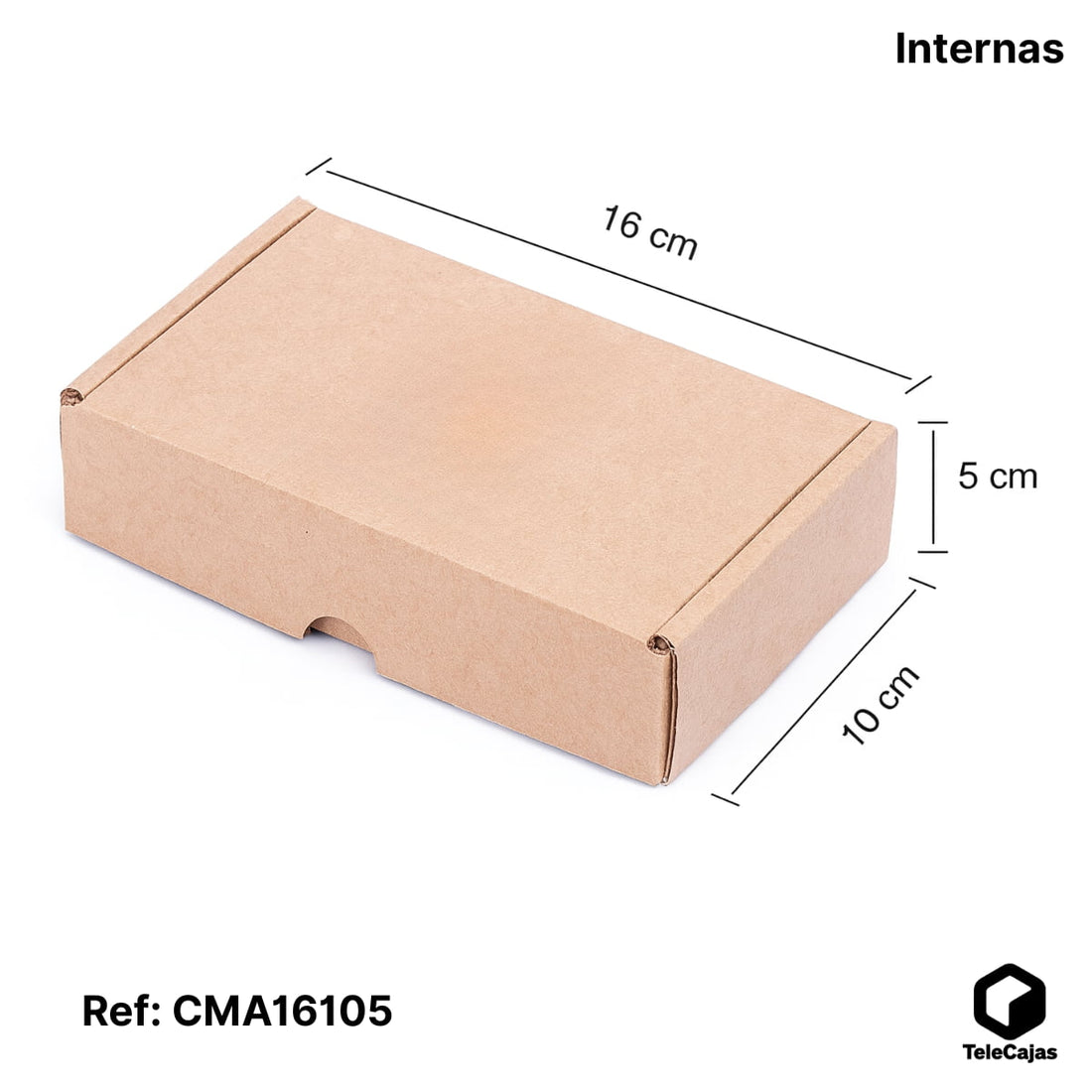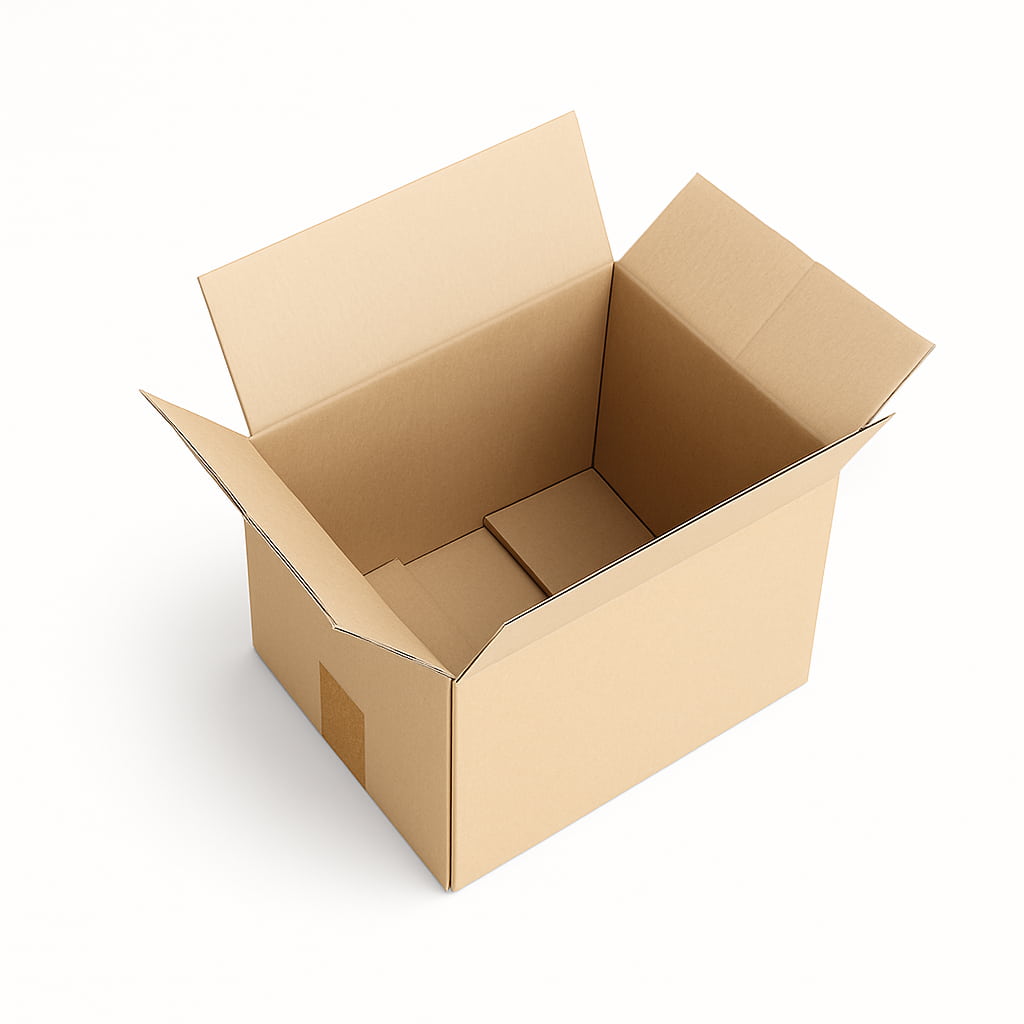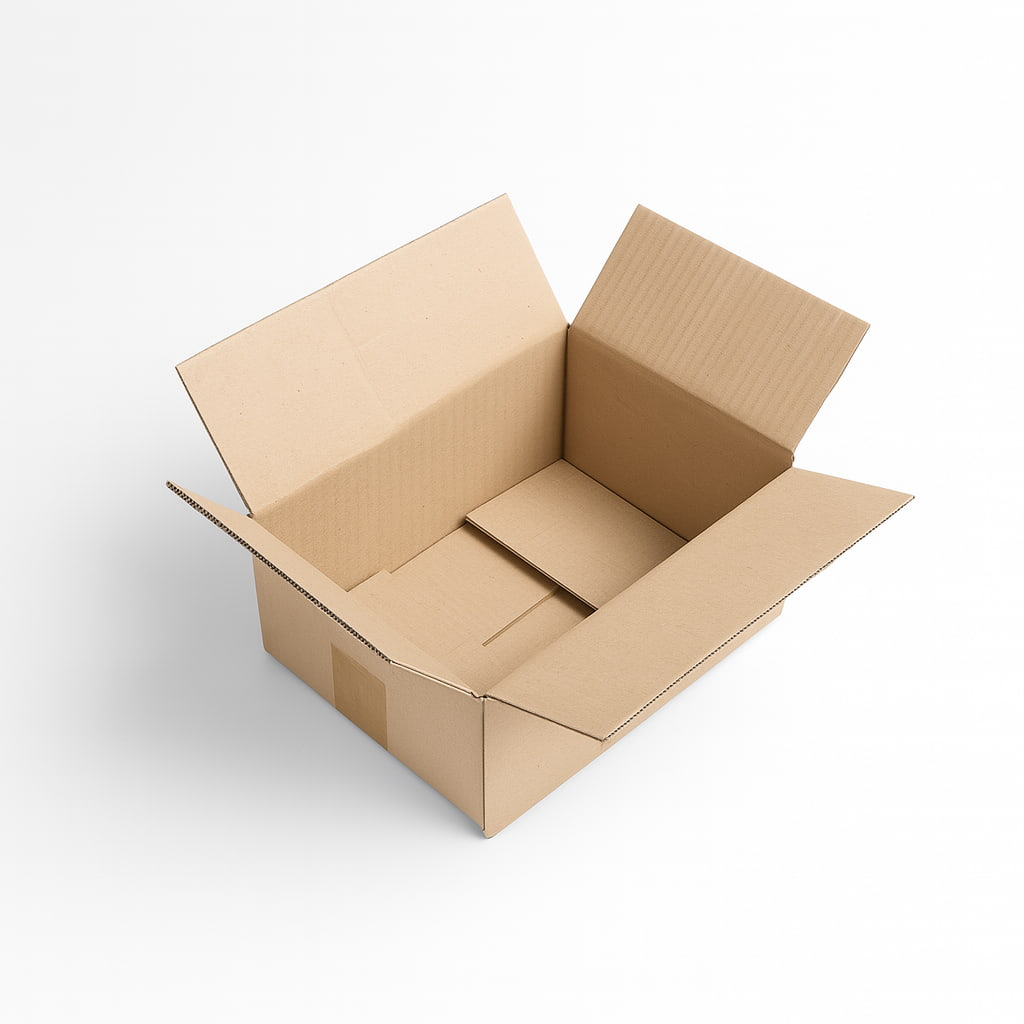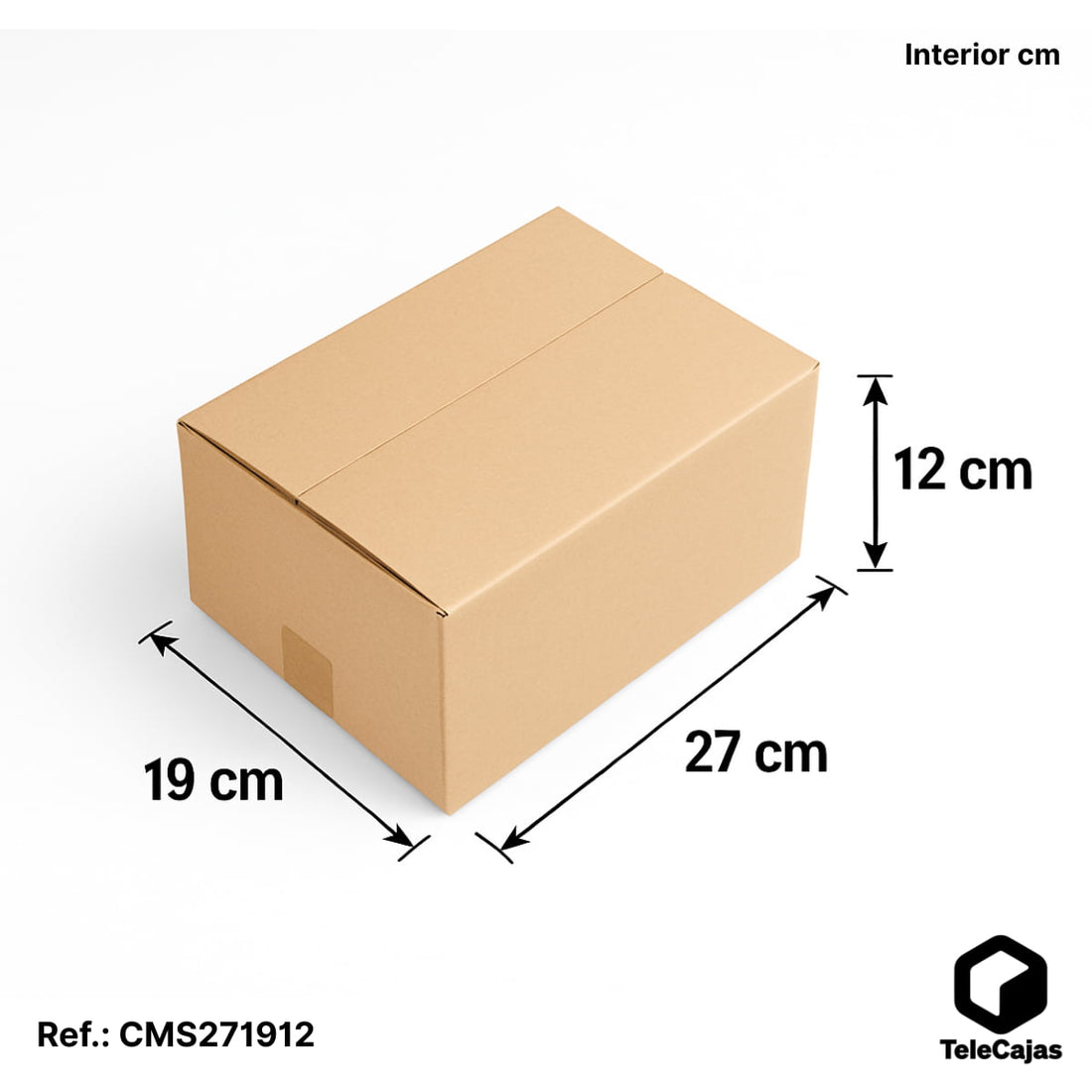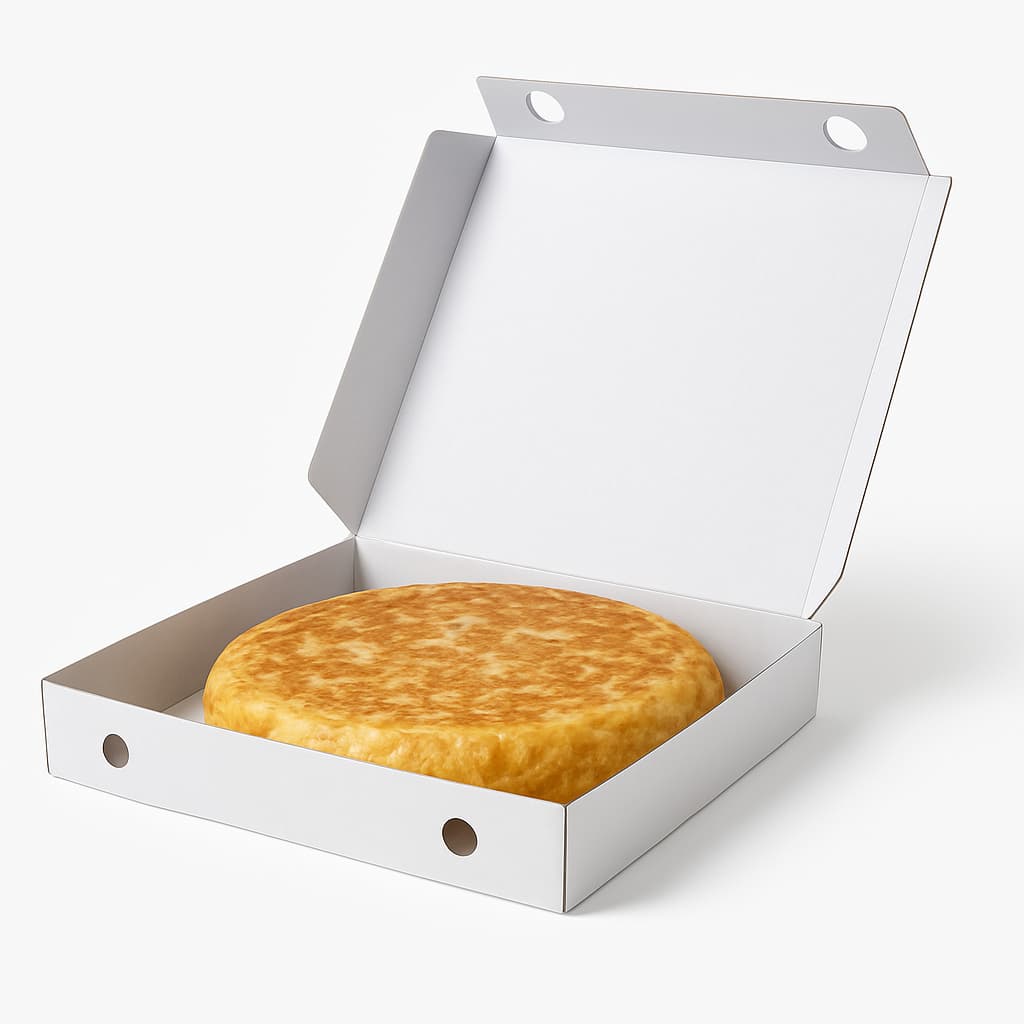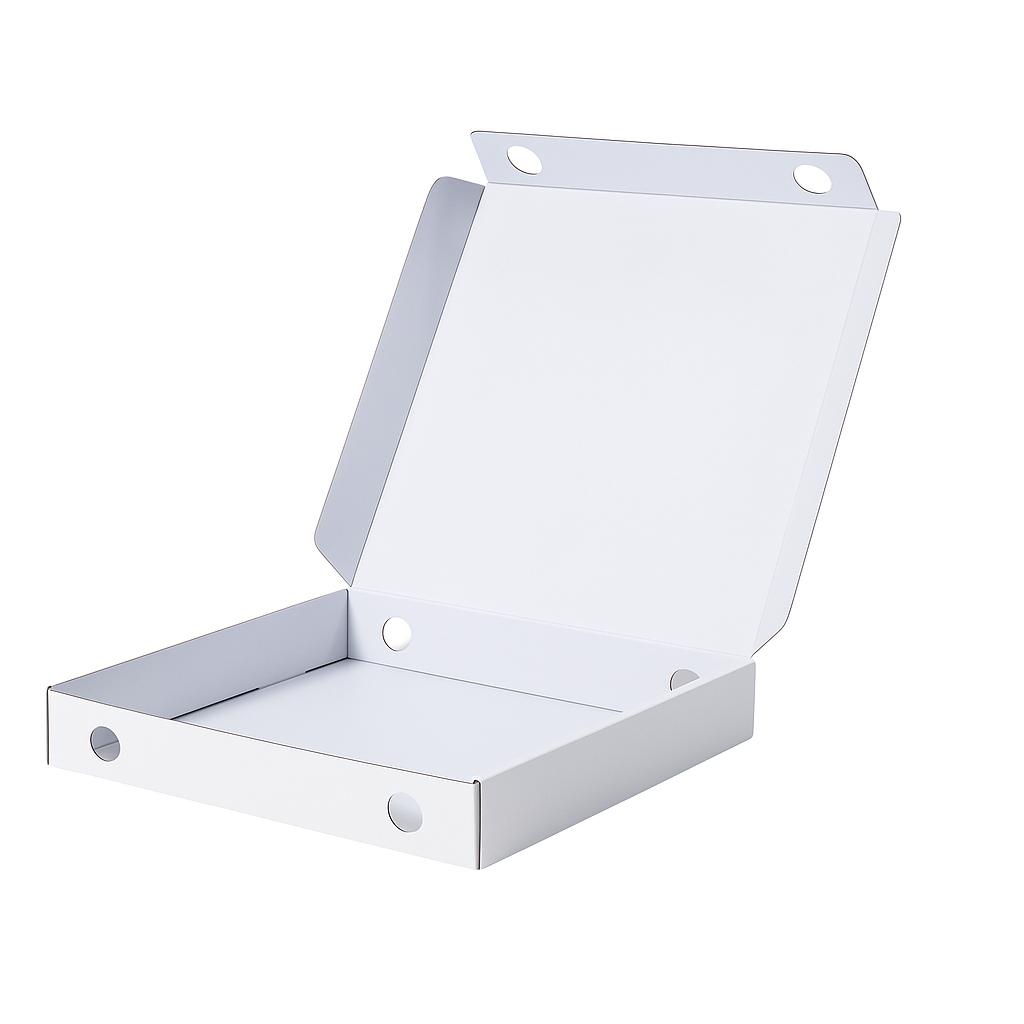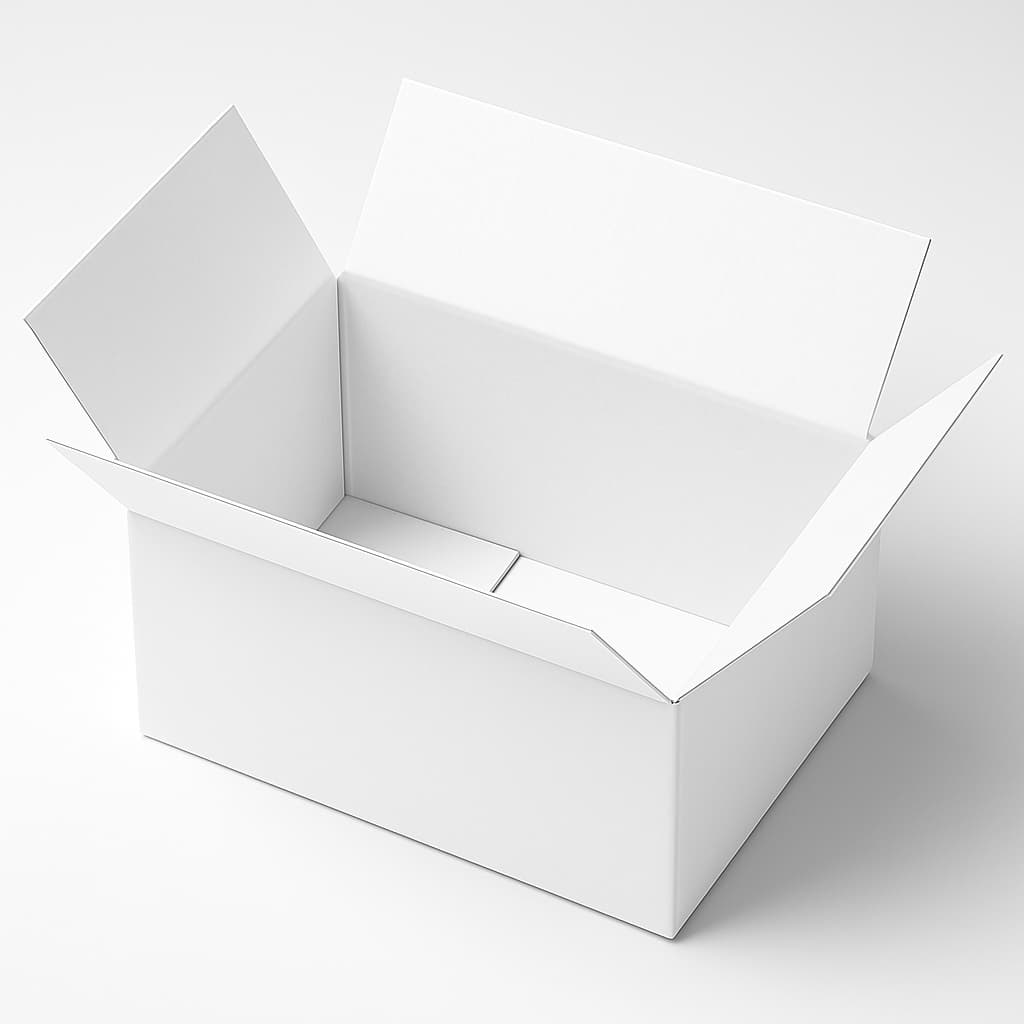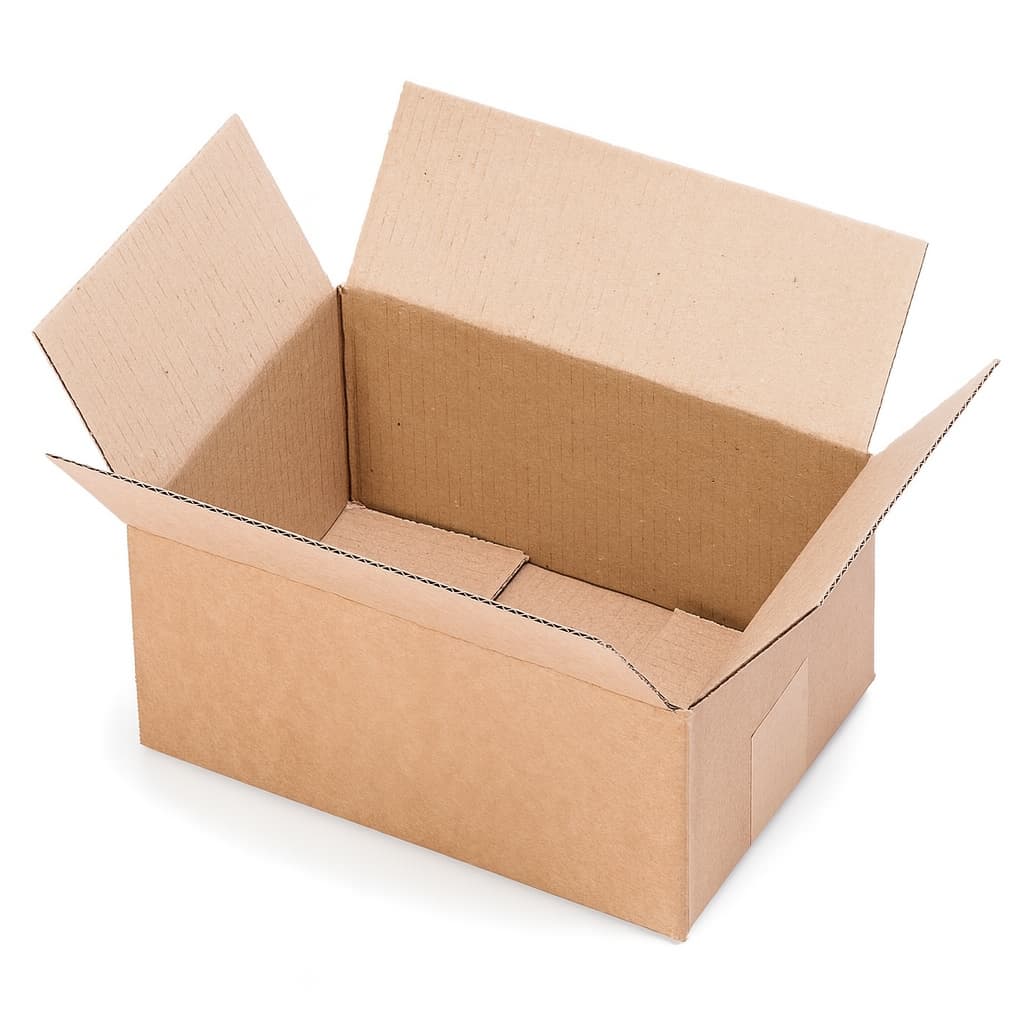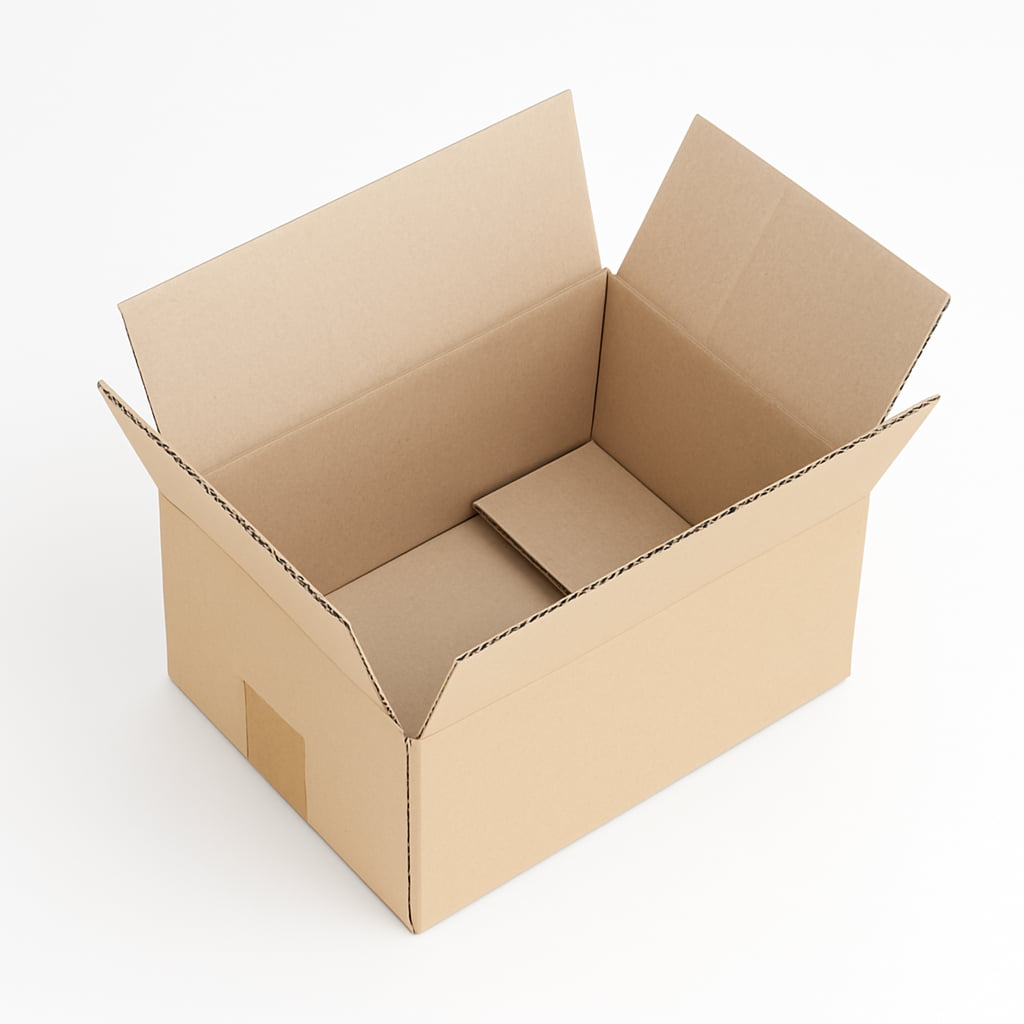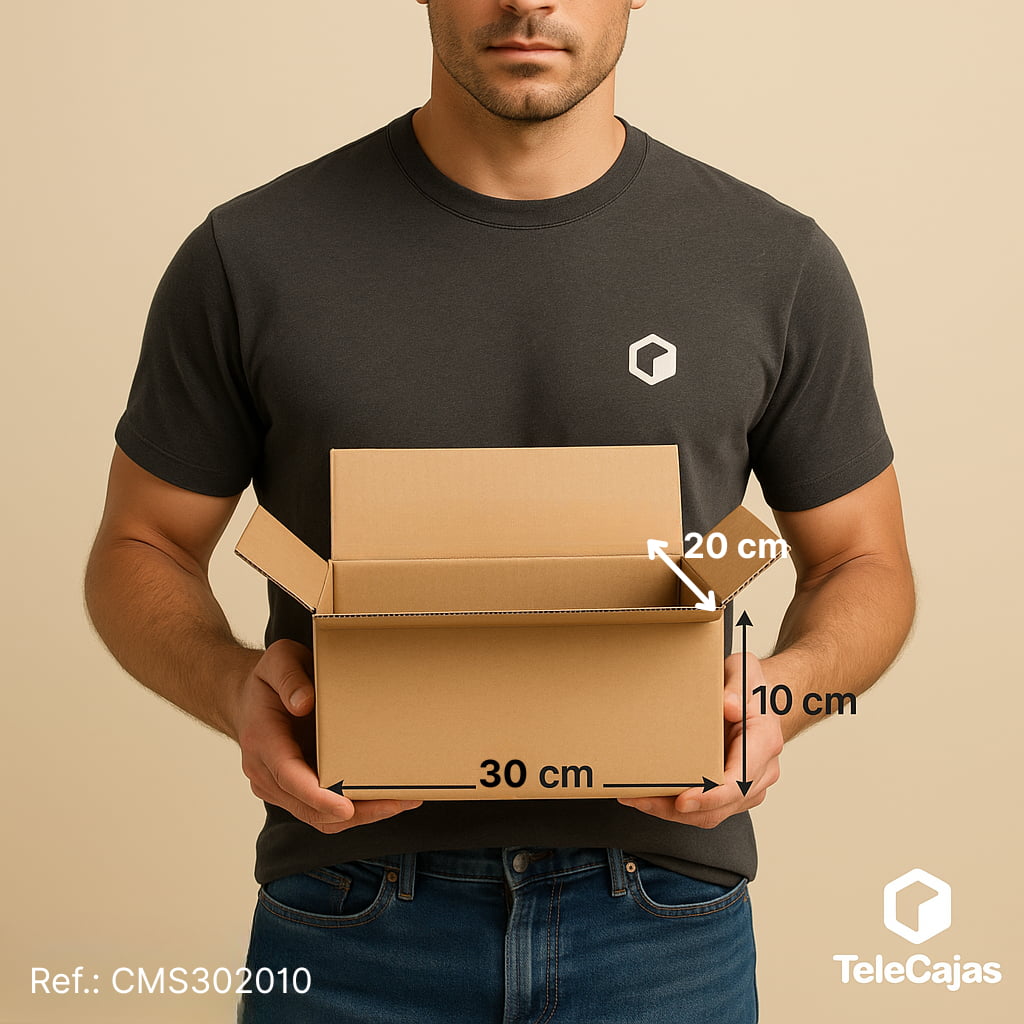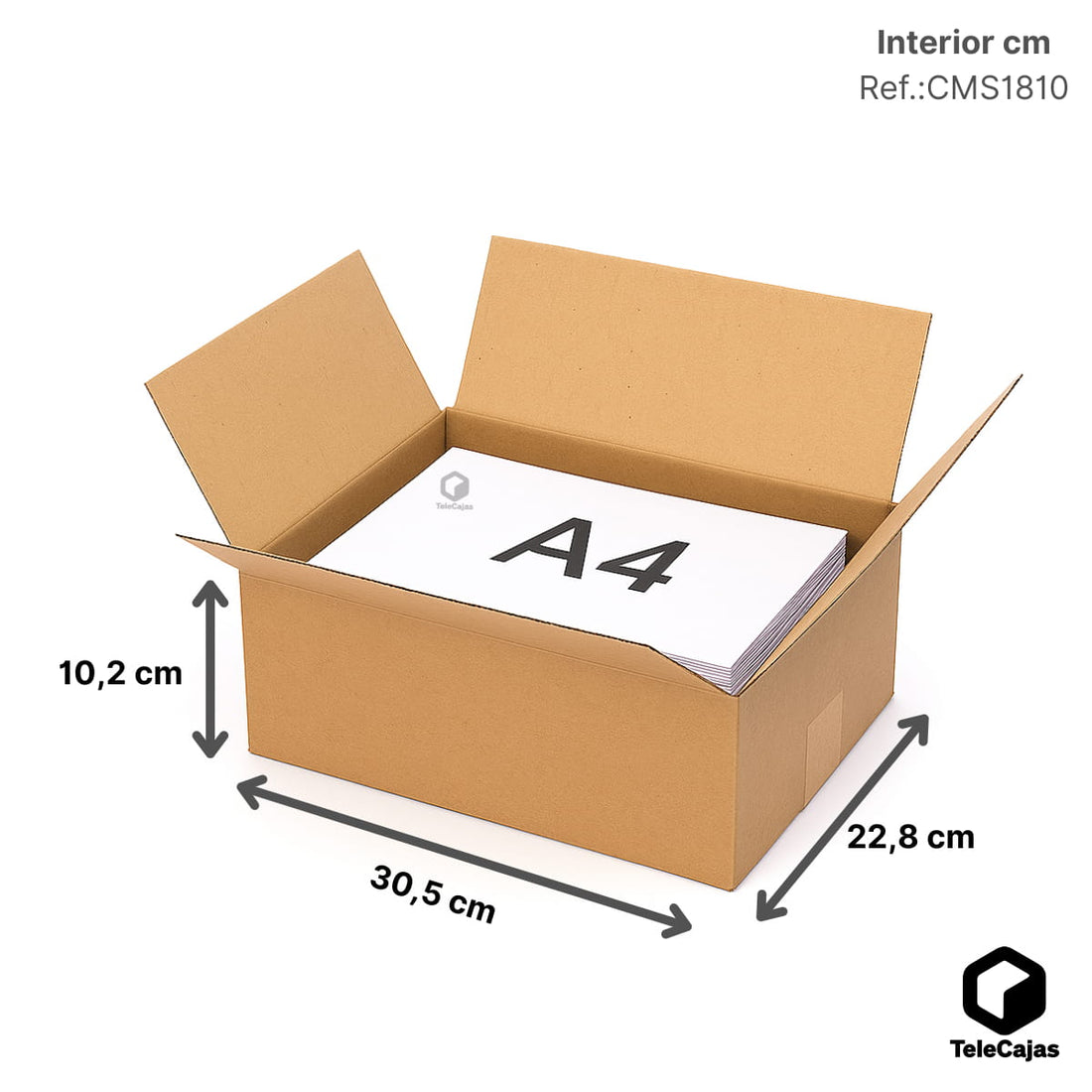Shrink-wrapped
Shrink wrapping is a packaging method that involves enclosing products in a heat-sensitive plastic film, which conforms tightly to the item when exposed to heat. Widely used in industries such as food, pharmaceuticals, and consumer goods, it offers benefits such as protection against contaminants, extended shelf life, and improved presentation. Since its introduction in the 1960s, it has evolved into a key component of modern packaging due to its efficiency and cost-effectiveness.
Its popularity stems from its versatility and ability to adapt to a wide variety of products, from small items to bulky industrial goods. In addition to securing products during transport, it allows for customization and brand reinforcement. The introduction of more environmentally friendly materials has aligned it with growing environmental awareness.

However, controversies exist regarding the environmental impact of plastic films and the complexity of their recycling. In the food industry, compliance with regulations and the selection of appropriate materials are essential to ensure safety. Looking ahead, the integration of advanced technologies and sustainable practices will continue to drive growth, with particular expansion in North America due to the demand for efficient and environmentally friendly packaging solutions.
History
Shrink wrapping uses heat-sensitive plastic films that are sealed with heat. It began to gain traction in the 1960s, when polyolefin and polyethylene films for packaging were commercially produced.
Early development
Its initial adoption was in food, to protect and extend shelf life. It quickly spread to pharmaceuticals, electronics, and consumer goods, driving demand for shrink-wrapping machines and innovation in equipment.
Technological advances
From the end of the 20th century onward, systems transitioned from manual to semi-automatic and fully automatic, increasing production rates. More environmentally friendly films also emerged, reducing waste without sacrificing efficiency.
Global adoption
With globalization, shrink wrapping has become established in multiple sectors and continues to evolve with emerging technologies (e.g., chemical recycling) to improve the sustainability of packaging.

Types of shrink wrapping
- Manual machines: heat guns, manual impulse sealers and L or I sealers; ideal for low volume.
- Semi-automatic machines: single-step and chamber sealers; they combine human intervention with partial automation.
- Fully automatic machines: for high volumes; they wrap and seal large quantities quickly and efficiently.
Specific types of equipment:
- L-shaped sealers: use three sealing bars and are available in manual and semi-automatic versions.
- I-Sealers: suitable for shrink bags or tubes; seal and cut with a single bar.
- Chamber machines: the product is placed in a chamber; when the dome is closed, the process is executed automatically.
- Heat guns: useful for small tasks; they require caution due to the high temperature and are not ideal for large-scale applications.
Shrink wrapping process
- Wrap the product: select the film (e.g., polyethylene or polyolefin) and wrap manually or by machine.
- Apply heat: Use a hot air gun or shrink tunnel to adjust the film to the product.
- Cool and store: Allow to cool for a few minutes to set the fit and ensure protection during transport and storage.

Advantages
- Improved product presentation.
- Less material used compared to rigid packaging.
- Protection against dust, moisture, shocks and improper handling.
- Lower logistics costs due to reduced weight and volume.
- Personalization and printing to strengthen the brand.
- Increasing availability of recyclable and biodegradable materials.
Disadvantages
- Environmental impact of plastic production and disposal.
- Complex recycling of shrink film.
- In the food industry, strict regulatory compliance is required to prevent contamination.
Industries that use it
- Retail: books, drinks, boxes and lots.
- Food and beverages: preservation, safety and integrity of perishables.
- Pharmaceuticals: compliance with standards and secure seals.
- Electronics and consumer goods: protection against dust, moisture and damage.
- Industrial: packaging of bulky objects and palletizing.
Future trends
- Technological advances: greater automation, smart equipment, and films with temperature indicators.
- Sustainability: recyclable materials, improved recycling and reduced environmental footprint.
- Market growth: expansion in North America driven by e-commerce and demand for efficient packaging.
- Customization: high-quality designs and printing directly onto the film to enhance the brand.


